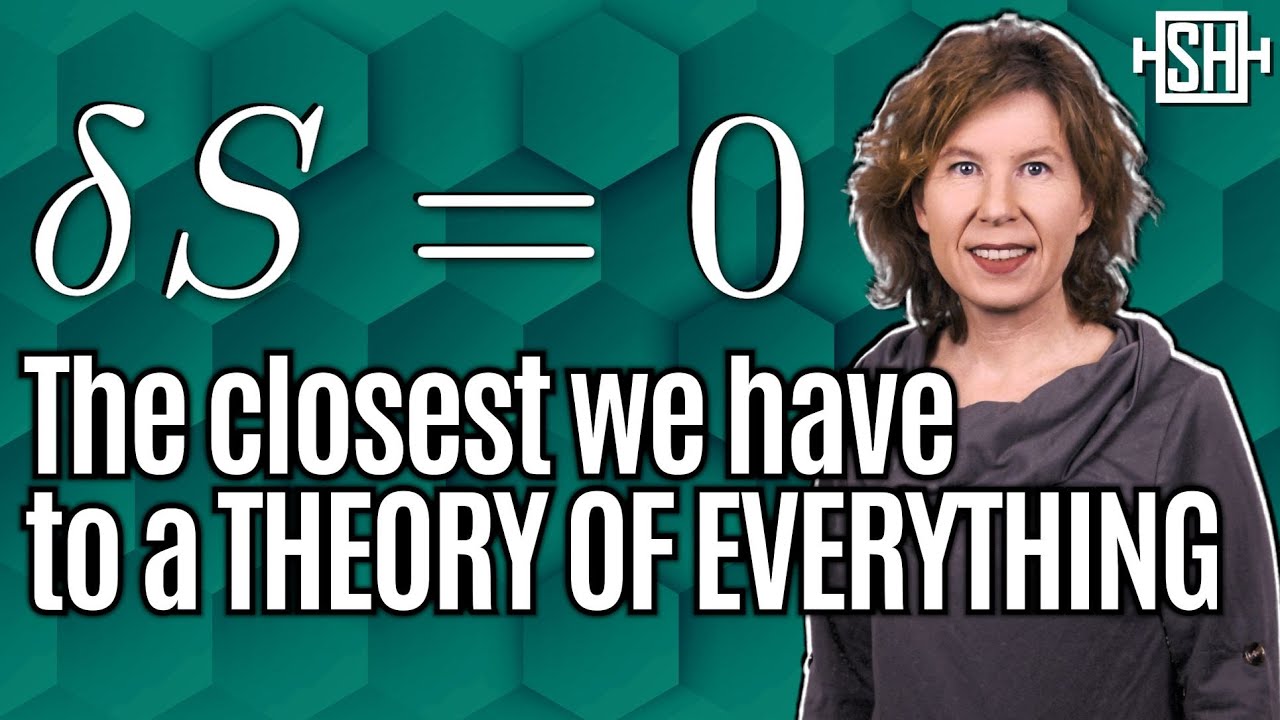Sabine Hossenfelder Net Worth: How Much Money She Makes On YouTube
 Sabine Hossenfelder Net Worth – $4 Million
Sabine Hossenfelder Net Worth – $4 Million
Sabine Hossenfelder is a popular German theoretical physicist science communicator, authorm musician and content creator on YouTube. She has an estimated net worth of $4 million. She terms the material on her channel as Science without the gobbledygook. It is mainly science and technology updates, explanations and summaries with no hype, no spin, and no tip-toeing around inconvenient truths.
Susan grew up in Frankfurt, West Germany. She got an undergraduate degree in Mathematics in 1997 from the Johann Wolfgang Goethe University and completed a doctorate in theoretical physics from the same institution. She stayed in Germany until 2004 as a postdoctoral researcher at GSI Helmholtz Centre for Heavy Ion Research in Darmstadt. She then moved to the United States to work as a postdoctoral research fellow at the University of Arizona, Tucson, University of California, Santa Barbara and then later at the Perimeter Institute, Canada.
How Much Money Does Susan Hossenfelder Earn On YouTube?
The channel has over 1.8 million subscribers as of 2024 and has accumulated over 250 million views so far. It is able to get an average of 350,000 views per day from different sources. This should generate an estimated revenue of $2,800 per day ($1 million a year) from the ads that appear on the videos.
YouTube content creators based in the US, UK, Canada and Australia generally get paid $2 – $12 per 1000 monetized views after YouTube takes its cut. Monetized views usually range from 40% – 80% of the total views. All these are influenced by several factors like the device played on, time of the year, the location of the viewer, ad inventory, how many ads there are on a video, how many people skip the ads, type of advertisement, ad engagement, type of content, etc.
The cost of an ad view is based on an auction between advertisers based on views. Advertisers have to bid a minimum of $0.01 per view. There is also a program known as Google Preferred where deep-pocketed companies can target ads on the top 5% most popular content. The ad rates here are higher than normal.
Apart from ads, YouTube content creators also generate extra income from other methods such as YouTube Premium, Superchats & Superstickers, Super Thanks, Channel Membership and Shopping.
YouTube Premium viewers pay a monthly fee to view premium content on YouTube and watch videos without ads. Here, content creators get paid based on watch time on their videos. The longer the viewers watch their videos, the more money they earn.
Super Chat and Super Sticker are used by fans to connect with creators during live streams and premiers. When one buys a Super Chat, their comment is highlighted within the live chat while the Super Stickers get an animated image that surfaces in live chat. Super Thanks lets creators earn revenue from viewers who want to show extra gratitude for their videos. Fans can buy a one-time animation and get to post a distinct, colorful, and customizable comment in the video’s comment section.
Shopping allows eligible creators to connect their stores to YouTube to feature their own products.
YouTube Shorts generate revenue in a different way as compared to traditional videos. The revenue from ads appearing between Shorts will be pooled together then a portion of the total revenue will be allocated to a Creator Pool. Each country has its own Creator Pool. Eligible creators will be paid based on their share of total views. Shorts that use music make less money due to licensing costs.
General Expenses
Content creators incur a wide variety of expenses to create their content. These can include things like production costs, employee salaries, travel expenses, rent, buying new equipment, utilities, amenities, entertainment, subscription fees and other living expenses. One of the biggest expenses for most creators is taxes. Your tax brackets generally depend on your income. In a country like the United States, the highest tax rate is 37%. A combination of all these expenses determines one’s ability to save and invest, consequently how much one’s net worth grows.
Other Sources Of Income
i) Sponsorships
Sabine has been able to get a wide variety of companies to sponsor some of her videos in exchange she mentions their brands within her videos. She has worked with brands such as Nautil, Brilliant, Nord VPN, Square Space, Curiosity Stream and many others.
ii) Books
As an author, Sabina has written two books: “Lost in Math: How Beauty Leads Physics Astray” (Basic Books, 2018) and “Existential Physics: A Scientist’s Guide to Life’s Biggest Questions” (Viking, 2022).
iii) Career
Sabine worked as an assistant professor at the Nordic Institute for Theoretical Physics in Sweden in 2009. Between 2015 and 2022 she was employed at the Frankfurt Institute for Advance Studies. The average salary for a theoretical physicist in the United States is around $122,850 per year, according to data from the Bureau of Labor Statistics. However, this can vary depending on factors such as the individual’s level of education and experience, as well as the specific industry or sector in which they are employed. Additionally, some theoretical physicists may also earn additional income through research grants or consulting work.


